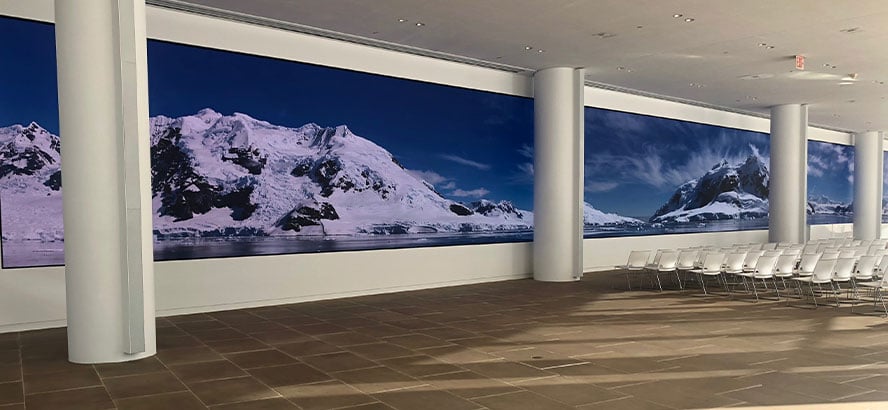Maximizing Visual Effect Via Strategic Material Scheduling in LED Display Execution
Wiki Article
Enhancing visual impact during LED screen shows demands meticulous planning plus tactical visual timing. LED walls are powerful tools for visual storytelling, often used in concerts, gatherings, and presentations. The effectiveness of these screens relies not only just upon the quality of the visuals but also on the manner plus when they are presented. By understanding the viewers' attention span and the flow of the event, event planners can create a more engaging experience that captivates viewers plus improves the overall show.
One crucial element of tactical visual timing is timing. It is essential to align the visuals to the beat and tempo of the performance. For instance, in the course of a musical performance, visuals should complement the beat and mood of the music. This synchronization aids to forge a cohesive experience that draws the viewers closer. Additionally, it is crucial to take into account the length of each image clip. Brief, striking segments can sustain audience interest, while longer visuals may be suitable for moments of contemplation or sentimental bonding. By altering the duration and intensity of the images, event planners can maintain the viewers interested during the show.

Another important factor is the content in question. The images shown on the LED wall should be relevant to the theme of the performance. This relevance aids to reinforce the message being conveyed plus makes the encounter more unforgettable for the viewers. For instance, if the performance is about environmental awareness, using images that illustrate the environment and animals can amplify the message. Furthermore, incorporating dynamic elements, such as motion graphics or engaging visuals, can introduce thrill and keep the audience's attention. The right content, shown at the appropriate moment, can considerably enhance the impact of the performance.
Audience involvement is also a crucial factor in visual scheduling. Comprehending the characteristics and led wall content management for live events tastes of the viewers can inform the choice of visuals. For instance, a youthful crowd may react better to bright hues and quick animations, while an older audience might appreciate more subtle and sophisticated visuals. By tailoring the content to the audience's interests, event planners can craft a more tailored encounter that connects with spectators. Additionally, adding viewer involvement, such as real-time surveys or media engagements, can further improve involvement and render the performance more interactive.
Finally, evaluating the effectiveness of the content scheduling is essential for future performances. Gathering feedback from the viewers can offer insightful insights into what was effective well and what could be improved. This information can help organizers improve their approaches and take knowledgeable choices for future performances. By constantly assessing and adapting the content scheduling approach, organizers can maximize the visual impact of LED screen shows plus craft memorable experiences for their audiences.